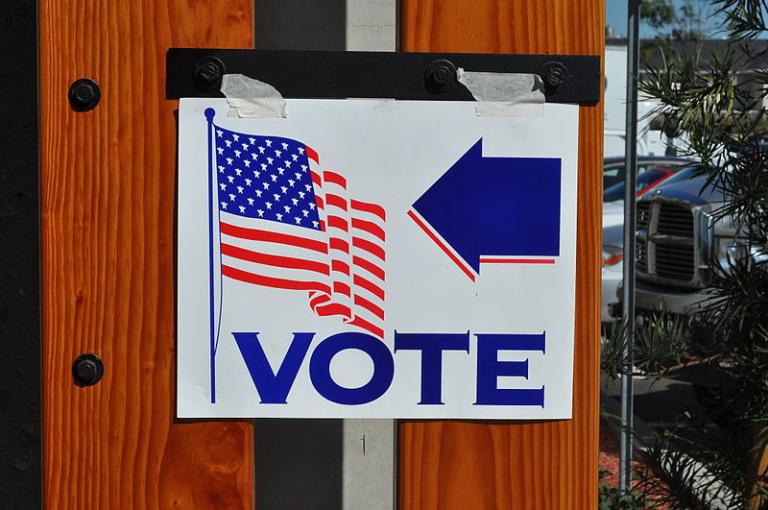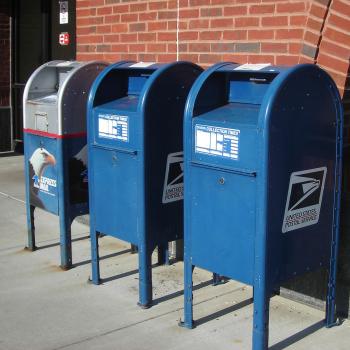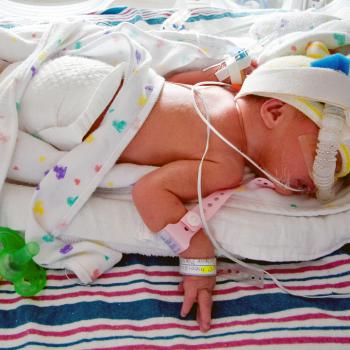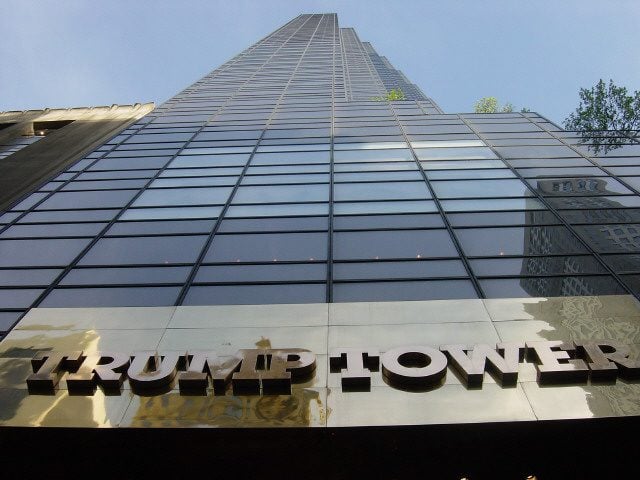In a 2015 Pew comparison of OECD countries, the United States ranked 4th from bottom among 34 developed-world countries, with 53.6% of the voting-age population having voted in 2012. Wikipedia reports this as 54.9% (I can’t identify any particular reason for the discrepancy), a modest up-tick from the modern-day record low of 49% in 1996, but lower than the low-60s of the 60s. Of note, these metrics don’t differentiate between the population by voting eligibility, but lump together citizens and non-citizens in the denominator, so that it’s not possible to tell how much of the variation in voter turn-out is due to variations in the percent of the adult population which is eligible to vote in the first place. The United States Election Project calculates a turnout ratio based on the voting-eligible population, which produces a rate of 58.2% for 2012, It’s also the case that, as a percent of registered voters, the turnout rate looks a lot better: 84.3% of registered voters voted, and that ratio puts the U.S. in 7th place in the OECD. But, at the same time, as Pew reports, the U.S. is unusual in having a voter registration process in the first place; it’s far more typical in the OECD that voters are simply automatically registered upon reaching adulthood, if citizens. As a result, again according to Pew, only about 70% of the voting-eligible population is registered.
It’s interesting that the three countries with voter turnout lower than the U.S. are not corrupt backwaters just barely eligible for OECD status: it’s Japan, Chile, and Switzerland. Switzerland, in fact, has the lowest turnout of all, at 40% of the voting-age population, and 49.1% of registered voters.
But, really, would we, as a country, truly be better off with high voter turnout?
It’s conventional wisdom that Democrats benefit from high turnout because their constituency (that is, the poor) is, on average, less likely to vote, so that if they can get more of these marginal voters to the polls, they’ll vote based simply on an attachment to the Democratic Party, and pull the straight-ticket lever. And there’s the old saying that Republicans will win on rainy bad-weather days because they’re more dedicated to voting. But at the same time, unions (and Democratic Party Machines) are (or were?) known for massive Get-Out-The-Vote efforts, weren’t they, in which the voters themselves had little idea of the candidates except that the ward heeler told them what to do?
There was also, in 2008, a certain amount of patting-themselves-on-the-back among Democrats, that they had a candidate in Barack Obama who so inspired the electorate as to boost turnout levels — though by only 1.5 percentage points per both these sources.
But look at Donald Trump. He’s inspiring record-high turnouts at the primaries he’s contested so far. For Americans who don’t pay attention to politics, he’s brought about excitement, with his promise to “make America great again.” And this marginal electorate doesn’t seem too concerned about his actual ability, or lack thereof, to do what he promises, nor do they seem to care much about Trump University.
And look at Bernie Sanders. He’s getting lots of young people excited about the election — who, again, seem rather uninterested in whether his promises (free college! single-payer healthcare! $15/hr minimum wage!, etc.) are actually implementable without destroying the American economy.
Now, I suspect that most of my readers, however much you might like to line up on one side of the political spectrum or another, also recognize that there are very few issues where the answer is black and white. Public policy is complex and, with pretty much any issue, there are trade-offs, rather than simple one-size-fits-all solutions. Promises have to be paid for, and, no, you can’t just fund your wish list by making the wealthy “pay their fair share.”
Which means that, while anyone who wishes to vote should not have impediments in their way (by which I mean issues of voting times and locations, and sufficient voting booths and poll workers to limit lines), I simply don’t see that we’re well served by high voter turnout, among an uneducated and indifferent electorate, for its own sake.
Image: from Wikimedia Commons, https://commons.wikimedia.org/wiki/File:Voting_United_States.jpg; By Tom Arthur from Orange, CA, United States (vote for better tape) [CC BY-SA 2.0 (http://creativecommons.org/licenses/by-sa/2.0)]














